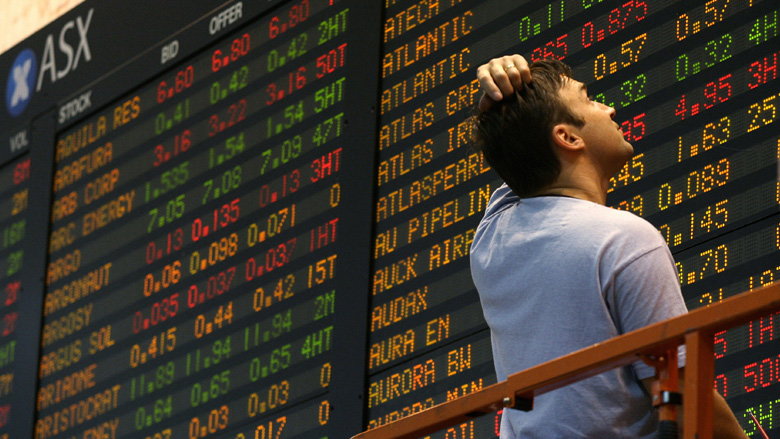SMSFs are increasingly looking outside the ASX20 to maximise the growth of their investments according to the latest CommSec SMSF Trading Trends Report.
SMSFs have been tapping into global economic trends including Chinese demand for Australian milk products, the growing need for lithium and rare earths by battery manufacturers, and the recent recovery in oil prices.
Marcus Evans, Head of SMSF Customers for Commonwealth Bank said: “SMSFs are leaders in investment trends and are a good barometer on where the next wave of investments from the broader market will go.”
Chinese-facing milk stocks, led by A2 Milk and Bubs Australia are examples of stocks that have seen strong increases. Small resources stocks have also been popular, led by lithium miners Galaxy Resources and Pilbara Minerals, rare earths miner Lynas Corporation, and mining minnow, Artemis Resources.
“Lower returns from traditional SMSF favoured stocks with household names such as Telstra, have led to SMSFs investing more capital outside the ASX20 suggesting they are willing to take on more risk to get higher returns,” Mr Evans said.
The widely publicised gains from mid-cap and junior stocks and the ongoing strength of many international markets – especially in the United States, Europe and emerging markets – has led SMSF investors to conclude that there may be better opportunities elsewhere.
Mr Evans also said: “There are signs that SMSFs have made the move outside of the ASX20 with some conviction. This is illustrated by the fact that while, the average SMSF trade size has decreased over the period, the trade size of those stocks outside the ASX200 has in fact increased.”
Further afield, SMSFs have been enthusiastic early adopters of Exchange Traded Funds (ETFs), attracted by the opportunity for low-cost diversification across markets and asset classes. In particular, they have used ETFs to gain exposure to international markets and sectors that may otherwise have been difficult to access.
However, in the six months to 31 December 2017, SMSFs’ appetite for ETFs seems to have peaked. While their overall holdings of ETFs has continued to rise, the value of ETFs traded by SMSFs has decreased by six per cent. This decrease has been primarily in domestic equity funds while international funds have continued to increase, albeit at a slower pace than previously experienced.
Again SMSFs have bucked the trend and are now showing increasing interest in investing directly in international shares with household names such as Apple and Amazon amongst their top ten favourites.
Mr Evans added: “We will continue to watch the investment habits of SMSFs closely. To date they have been setting the trends when it comes to retail investment.”
To view the full report: www.commsec.com.au/smsftrends



